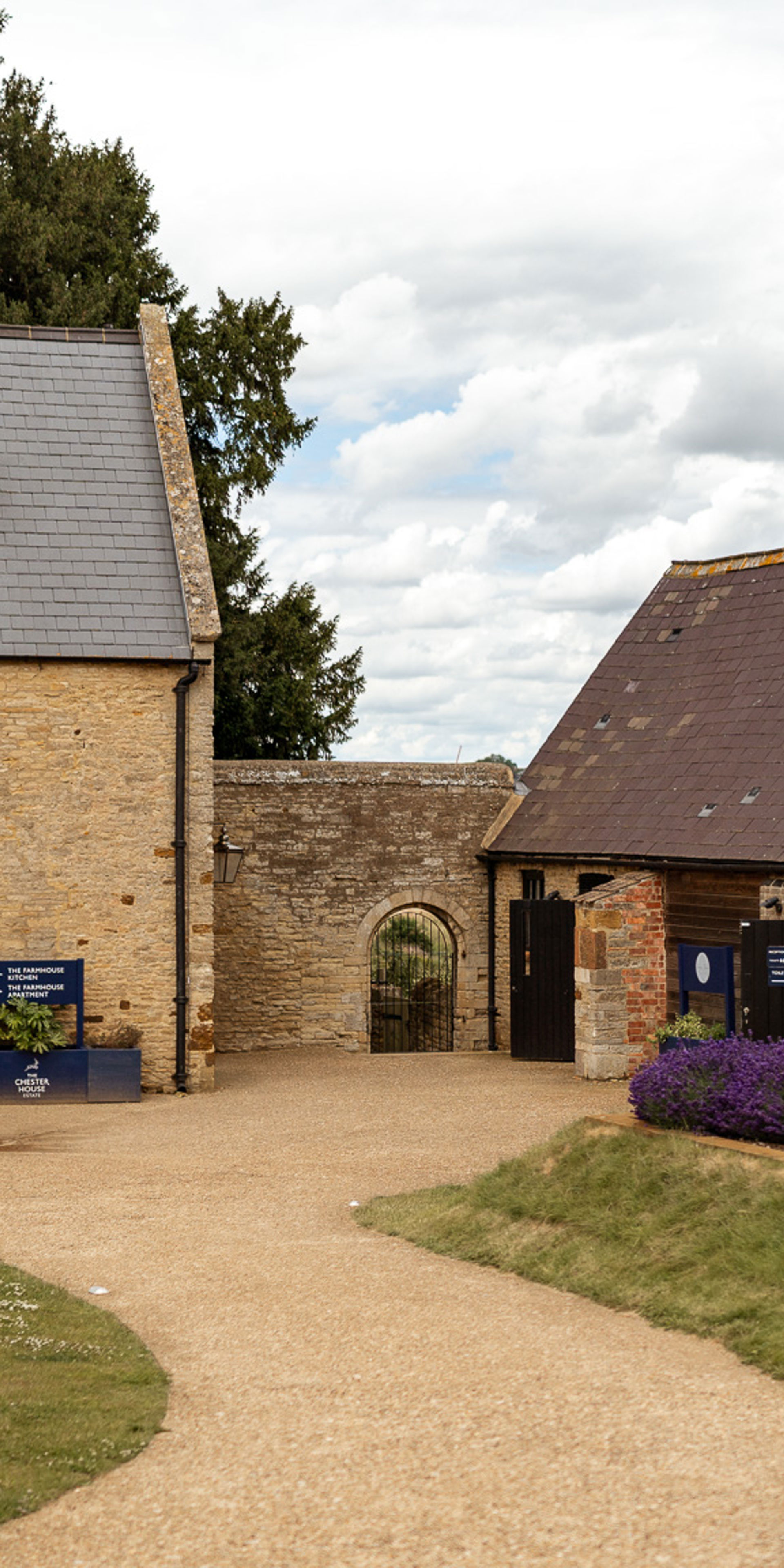Walking through time – 10,000 years of history now on display
4th Feb 2023
February 3rd, 2023: Visitors to Chester House Estate can now weave their way through time – thanks to the introduction of large storyboards showcasing the site’s 10,000 years of history.
Nine history boards, which take visitors from the Mesolithic age into the Bronze and then Iron ages, through Roman times and into the Medieval era, now line the Northamptonshire estate’s main walkway.
This step back in time charts the extraordinary history of the Chester House Estate, a nationally significant heritage site and one of only a few places in the country which can demonstrate more than 10,000 years of human activity.
Cllr Helen Howell, Deputy Leader of North Northamptonshire Council (which oversees the Estate) and Executive Member for Sport, Leisure, Culture and Tourism said: “Since the site opened to the public in October 2021, the team are regularly asked about the history of the site. Chester House Estate is a nationally significant heritage site, being one of the few places in the country which can demonstrate over 10,000 years of human activity and these new interpretation boards are one of the ways we are bringing the past back to life.”
Cllr Jason Smithers, Leader of the Council, added: “Based on feedback from visitors, we are always looking for ways to improve the experience, which is why we have installed the new interpretation boards. They will help visitors to the site to further understand the history of the Estate and appreciate Northamptonshire’s heritage.”
As well as being the site of a Roman walled town, there is evidence that Chester House Estate was home to a series of traditional farm buildings dating back to the 17th century.
Visit Chester House Estate for a journey through history. Here are extracts:
-
Mesolithic – c10,000-4,000Bc: The journey starts over 10,000 years ago when glaciers melted at the end of the last Ice Age. The meltwater eroded and shaped the valley and eventually formed shallow river channels.
-
Neolithic c4,000-2,200BC: During this period people in Britain gradually started to farm and to settle for longer periods. Archaeological excavations in Wellingborough found evidence for a wide variety of tree types, such as small leaved lime trees. The valley here remained densely forested, but people started to clear small areas.
-
Bronze Age c2,200-700BC: A large-scale forest clearance across many areas of Britain saw the emergence of more substantial settlements and large-scale field systems. It is likely that people lived and farmed nearby.
-
Iron Age 800BC-AD43: The earliest evidence of permanent occupation at the Chester House Estate is in this age. Farmsteads within the estate consisted of a small number of round houses with thatched roofs, animal pens and storage areas within a ditched enclosure surrounded by fields.
-
Roman AD43–410: The location of these farmsteads meant inhabitants cold take advantage of developing trade networks after the Roman invasion. By the 2nd century AD, Chester House Estate was home to a thriving small town.
-
Early Medieval AD410–1066: Archaeological excavations revealed evidence of a timber building constructed in the early 5th century AD within the walls of the town, suggesting that people continued to live within and around the walled area.
-
Medieval AD1066–1603: During the medieval period there was a small hamlet named Chester-by-the-Water within the estate.
-
17th-18th century AD 1600-1799: The Chester House Estate land was bought by the Ekins family who lived on the estate for nearly 200 years. Under their ownership, most of the site you can see today began to appear with the construction of the farmhouse and other farm buildings. Throughout the 18th century, work was undertaken to gentrify the landscape through projects such as the walled garden and the lime tree avenue leading to the farmhouse.
A Chinese style pagoda was built in the south-west corner of the field to your right. The landscape was further transformed in the 1760s when the River Nene was made navigable, allowing boats to pass as far as Wellingborough for the first time in its long history.
-
19th -20th century: As with the rest of Britain, the Industrial Revolution in the 19th century had a major impact. In 1857, the railway and viaduct you can see to the north were built for the Bedford to Leicester line. A further line from Northampton to Peterborough crossed the landscape from 1845 but closed in 1964 and has since been demolished. During the 1870s and 1920s, two phases of ironstone quarrying took place on site. Quarry pits were dug by hand or by steam digger and are still visible on the estate today. During the later phase, a tramway was constructed across the site to transport the ironstone.
Chester House Estate is overseen by North Northamptonshire Council and opened to the public in October 2021, following an extensive £17m Nationally Lottery Heritage Funded restoration project.



